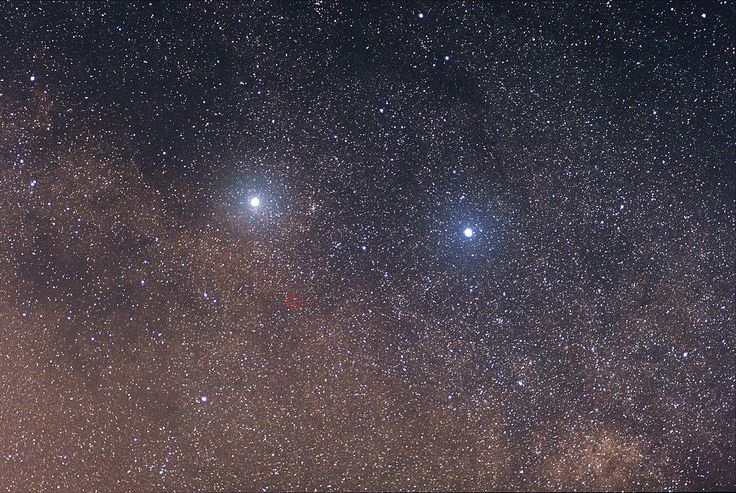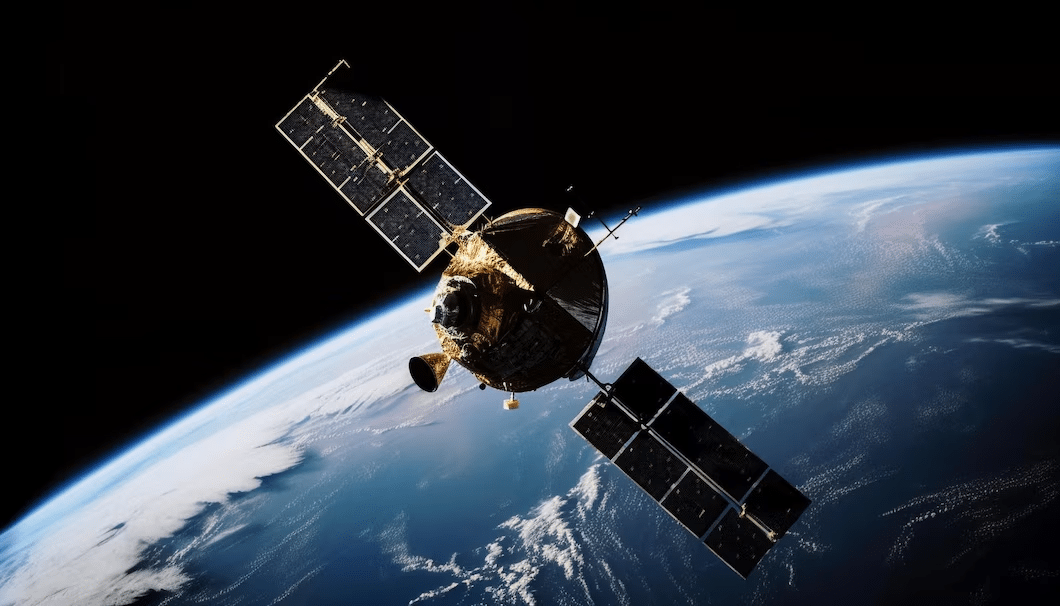Discovering exoplanets isn’t as easy as pointing a microscope to the sky. Scientists look for the slight dimming of the host star as the planet passes in front of it, but this method depends on the planet’s orbit. Another method is gravitational microlensing, incorporating Einstein’s relativity theory to know if a planet is orbiting a star from how the light is bent. Interested in learning more? Here are five of the recent exoplanet discoveries.
Proxima Centauri C: A close neighbor
In 2016, scientists discovered a planet orbiting Proxima Centauri, a red dwarf star that is 4.25 light years away. The planet seems similar to Earth as it is located in the habitable zone of the star, meaning it may be able to harbor life.
However, the discovery of Proxima Centauri C is an entirely different story. In 2020, astronomers announced the possibility of a second planet called Proxima Centauri C. It is so far out that it only gets minimum warmth, making it unlikely to be habitable.
HD 106906 B: An unusual orbit
Although the Las Campanas Observatory in Chile found it in 2013, it wasn’t until 2020 that details of its orbit were worked out using data collected by NASA’s Hubble telescope. The planet, which is over ten times Jupiter’s mass, has an unusual orbit.
Its orbit is about 68 billion miles from its host binary star, which is 730 times further than the distance between Earth and the sun. This huge orbit gives the planet an incredibly long year of 15,000 Earth years.
TVLM 513B: Found with radio astronomy
Astrometry involves using precise measurements of the position of a star to detect the tiny wobble caused by an orbiting planet. Although scientists do this using optical telescopes, in 2020, they made the first astrometric detection via radio astronomy.
With radio telescopes stretching between Hawaii and Puerto Rico in a continent-wide network, scientists discovered a Saturn-sized planet orbiting around an ultra-cool dwarf star. Researchers used the measured wobble to establish that the planet has an orbital period of approximately 221 days.
GJ 367 B: Super fast planet
One of the most recently discovered exoplanets, GJ 367 B, announced in December 2021, is also one of the smallest and fastest. At a distance of 31 light years, GJ 367 B is close enough that astronomers can study its properties in detail.
The planet is so close to its parent star that it completes a whole orbit in just 8 hours (the planet’s year is just a third of an Earth day). It has a surface temperature of up to 2,700 °F (1,500 °C) on the planet’s dayside.
TIC 172900988 B: The planet with a double lot
The Transiting Exoplanet Survey Satellite (TESS) detects exoplanets by measuring the slight dimming of their host stars when a planet crosses the telescope’s line of sight to them. Although it’s a slow process, it was super-fast in this planet’s case.
The planet orbits two stars, and TESS saw it transit across both of them. It also observed no fewer than three mutual eclipses between the stars themselves.







